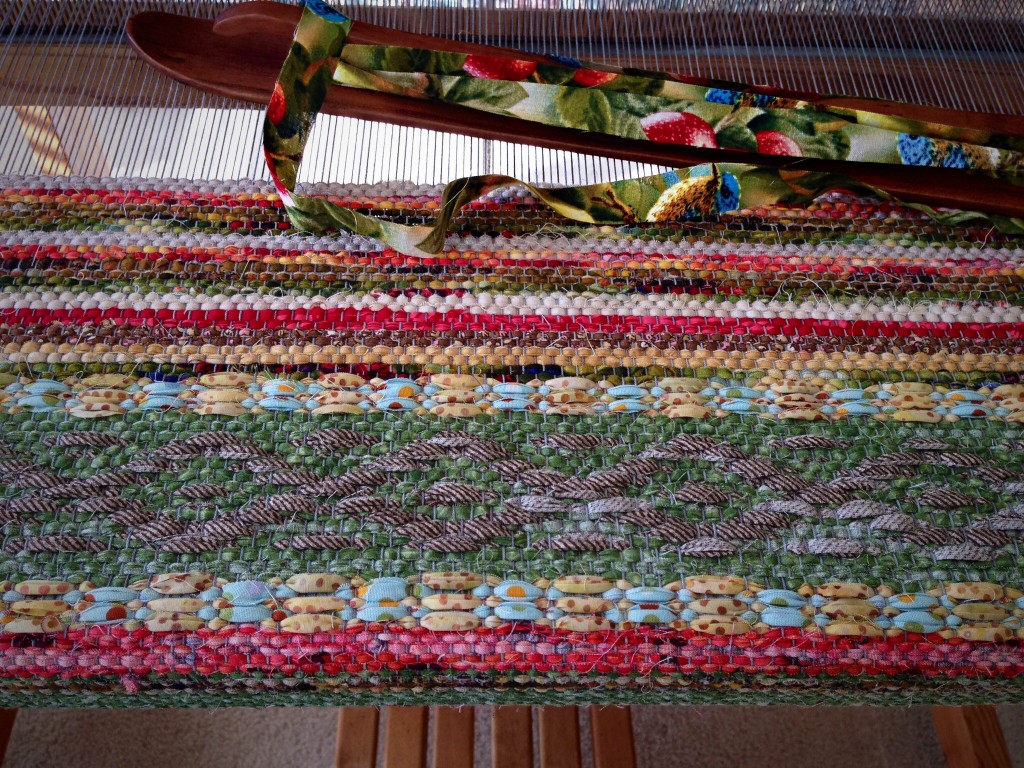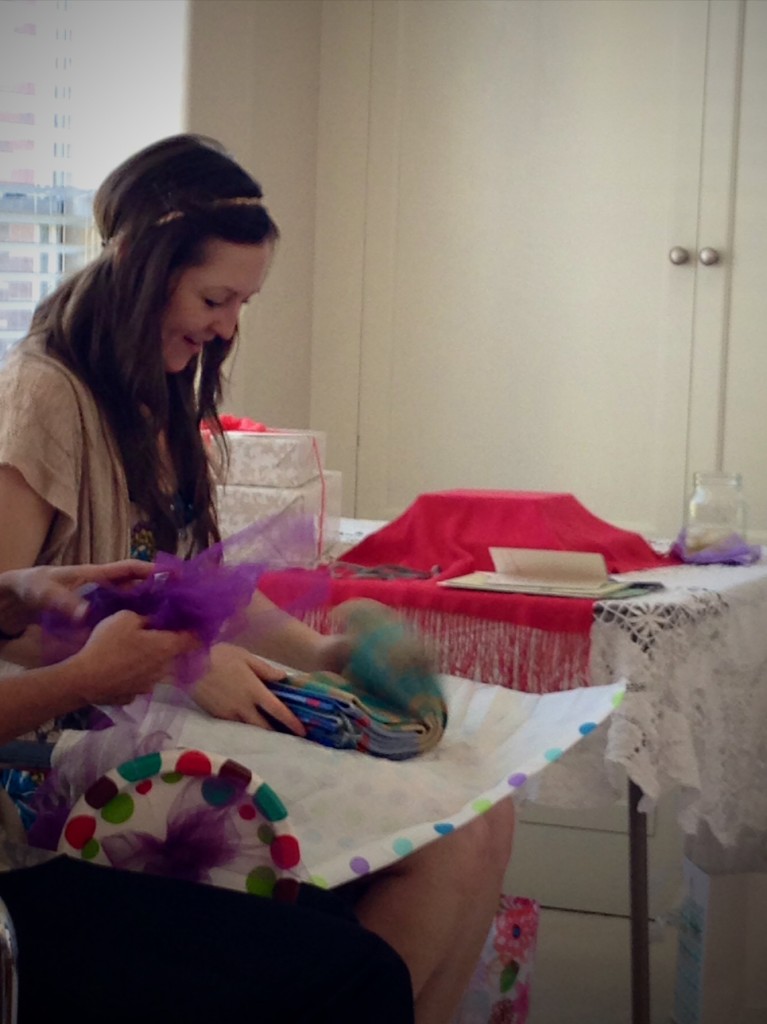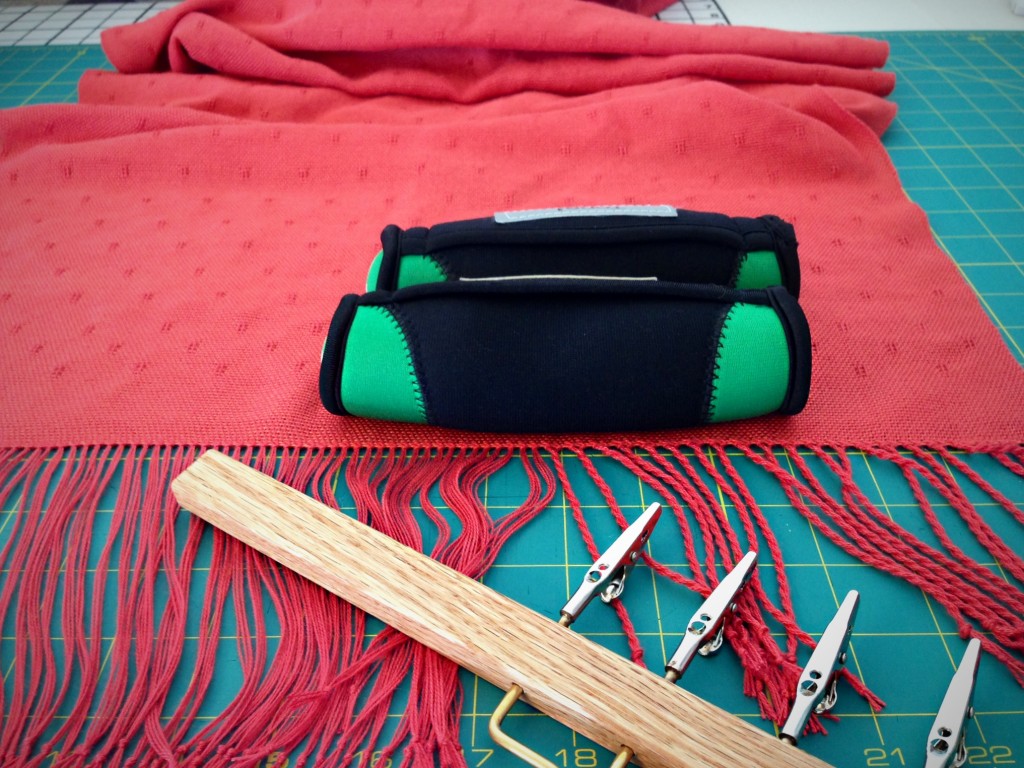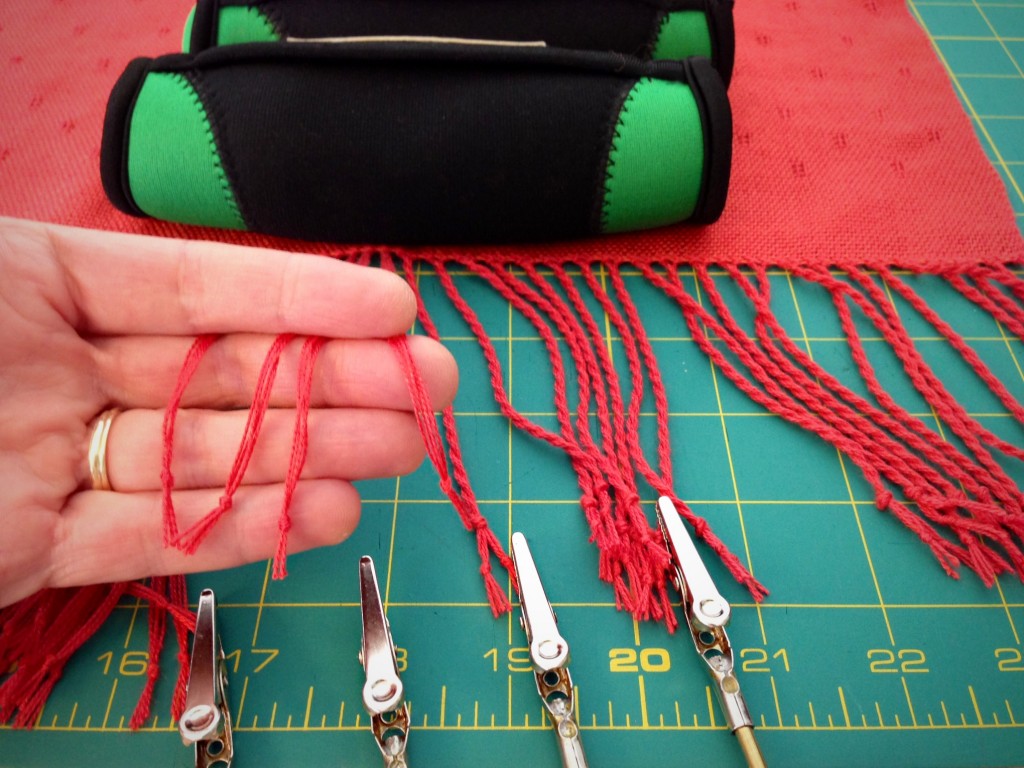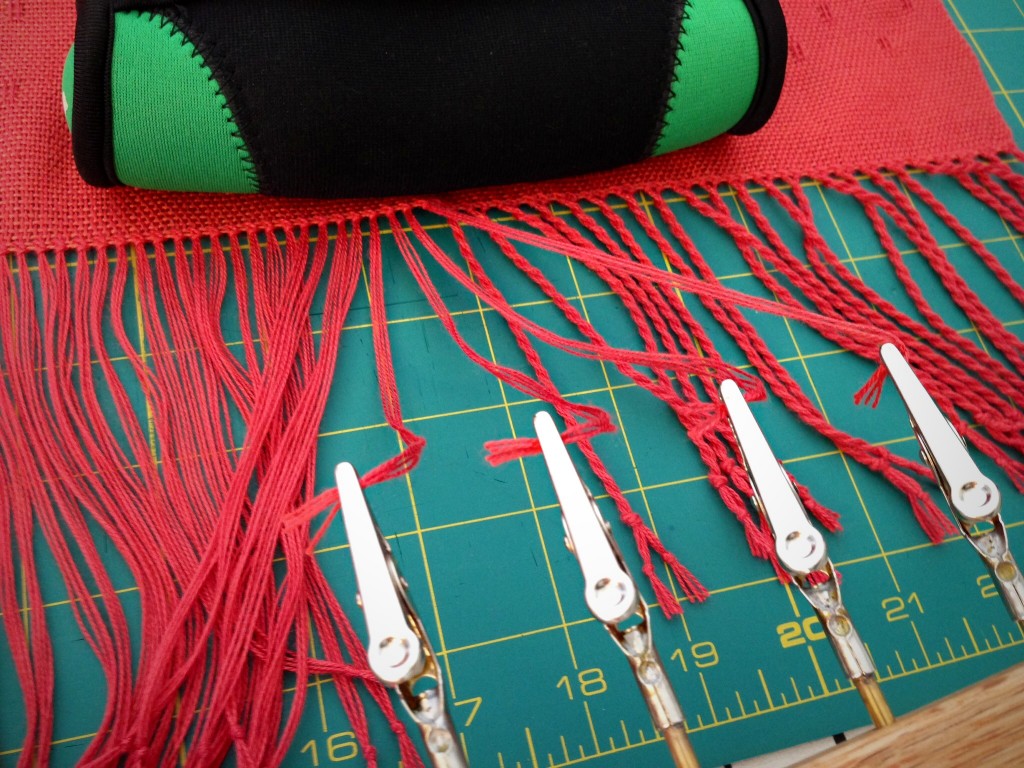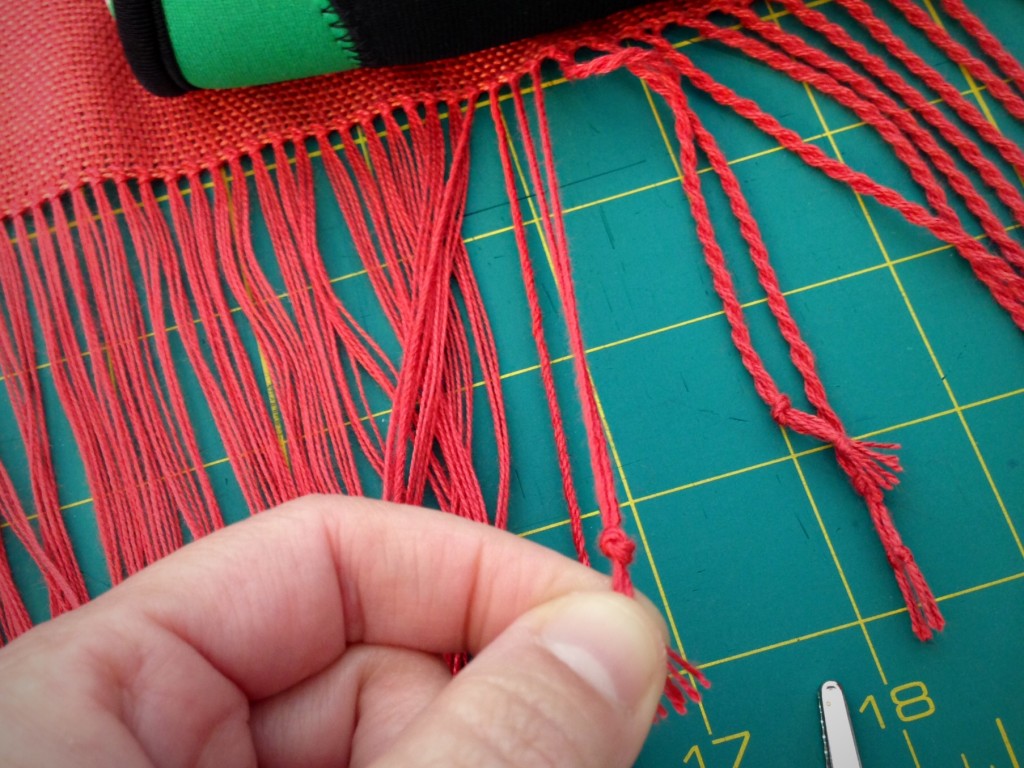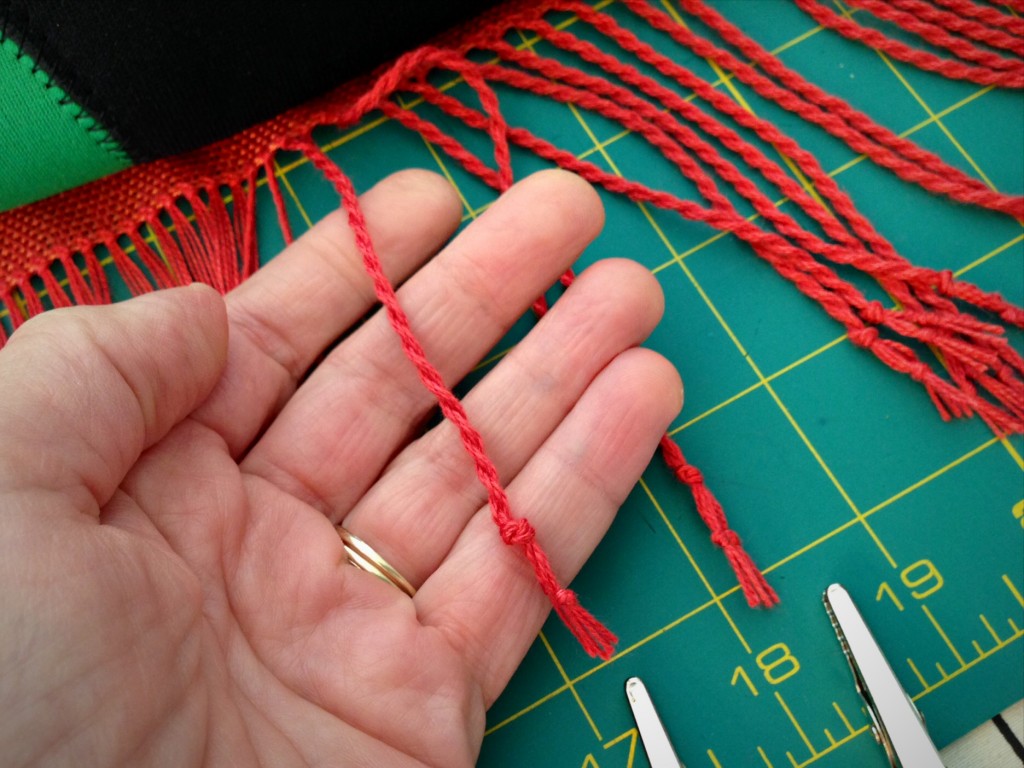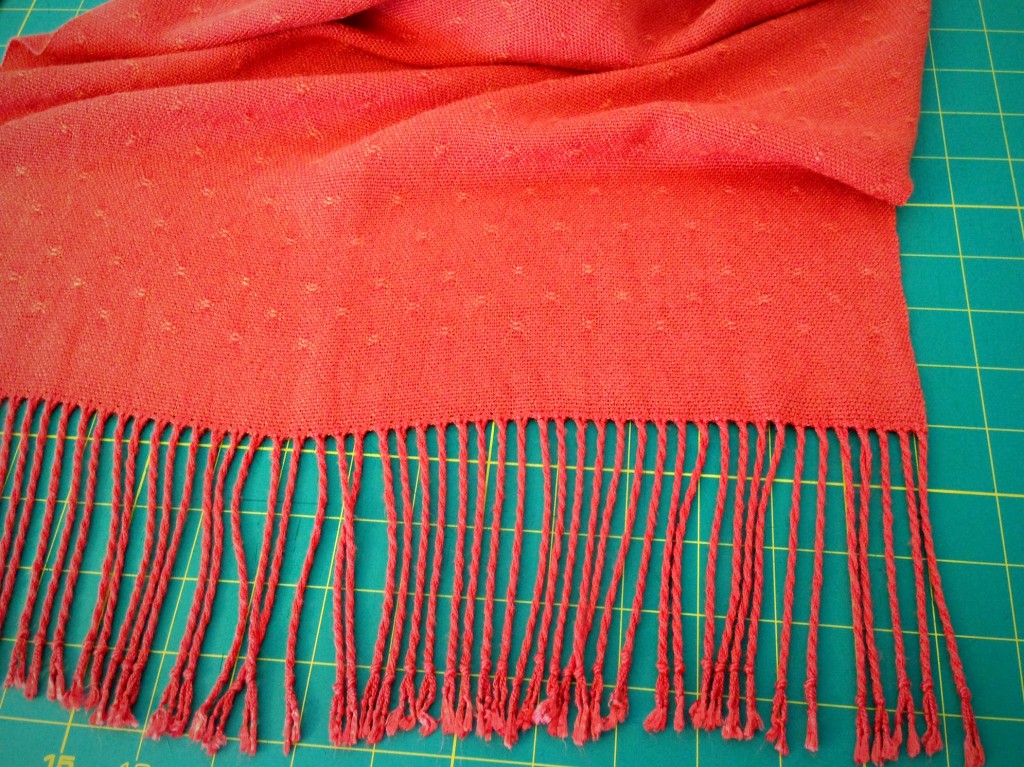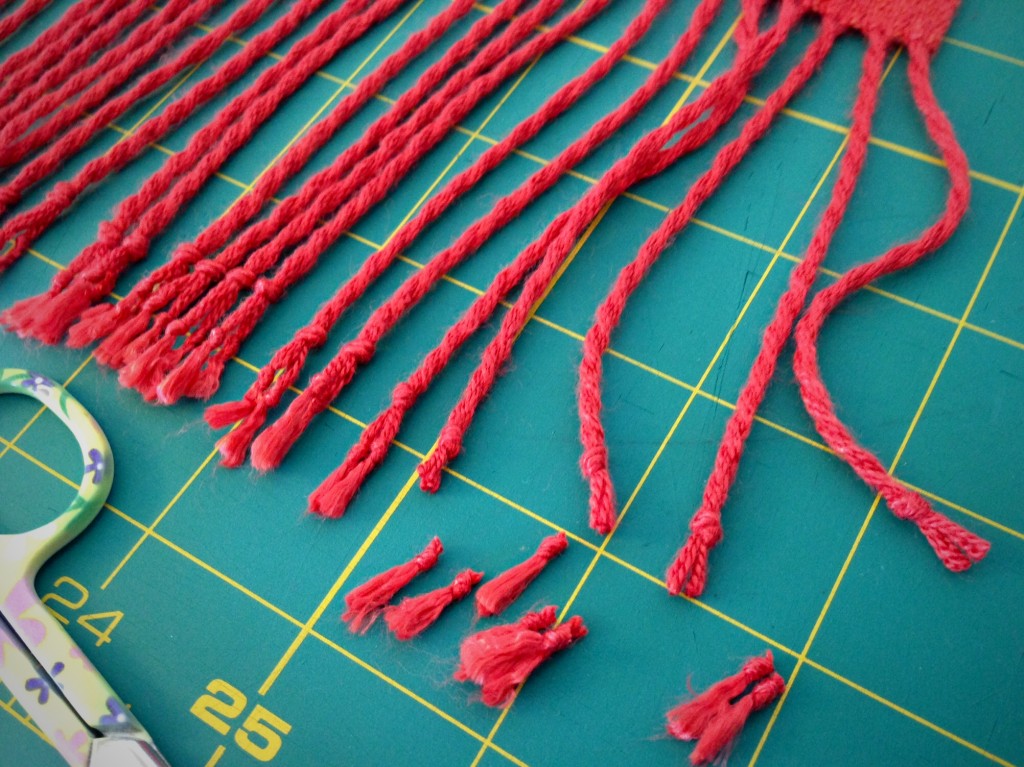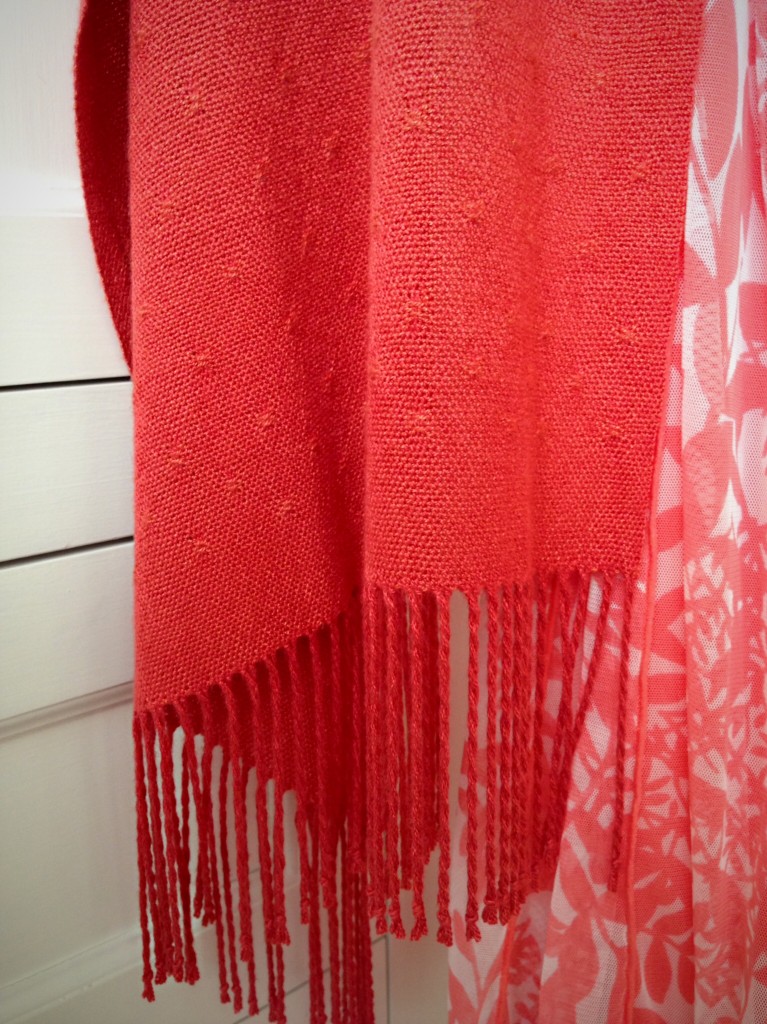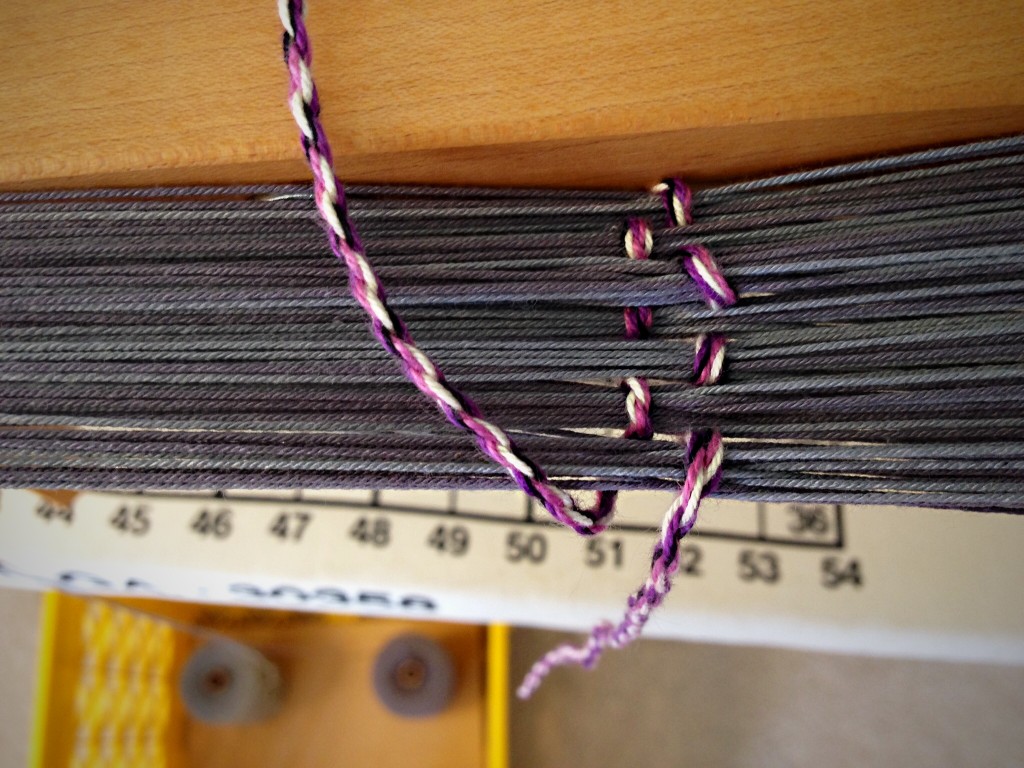It is never an easy decision to call it quits and start over. Should I try to make it work and hope for the best? How do you know when to walk away? A good idea shapes the planning of a design, including color choices, materials, and weave structure. That same good idea forms an ideal that guides and critiques the choices along the way. When I saw that the rug on the loom (THIS one) was not lining up with that ideal, I knew it was time to start over. (This new start is much closer to my original idea.)
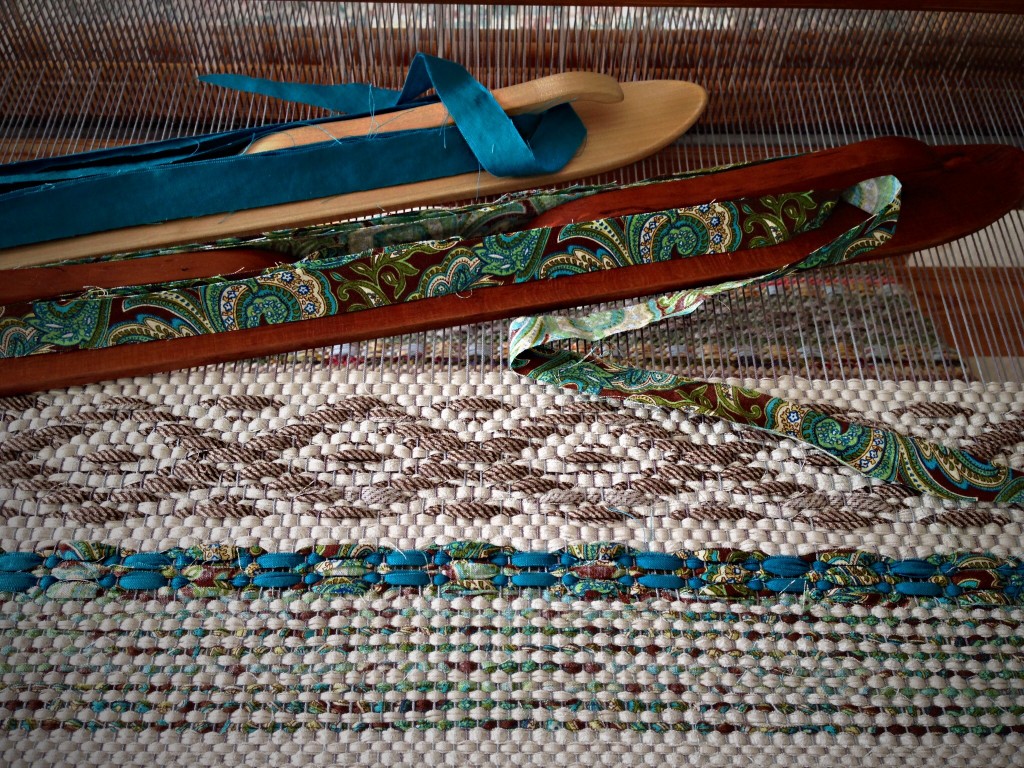
Hold on to good. Let the virtue of goodness be a guiding star for decisions, behavior, and interactions with people. When our actions do not match that good ideal, it’s time to walk away from poor behavior and start over. We become zealous about other things, like good color combinations and perfect selvedges. (HERE is one of the best ways to improve selvedges.) Why not be zealous for good? I don’t mean pointing fingers at others. My own life is the only one I can inspect to see how it aligns with the ideal. The good idea is confirmed as the colors of gentleness and respect are noticeably woven into the fabric.
May you have a good day.
Warped for good,
Karen

